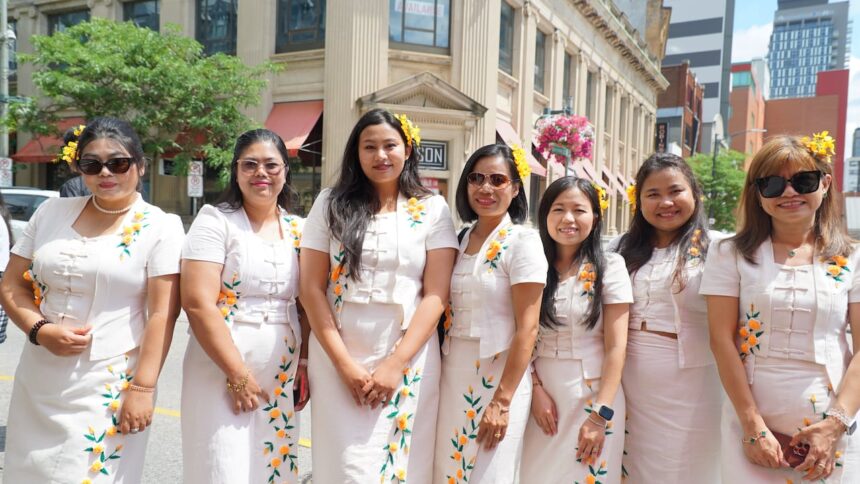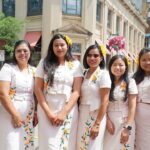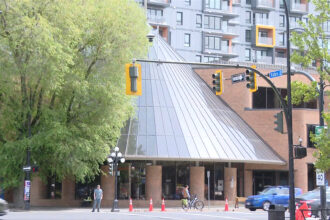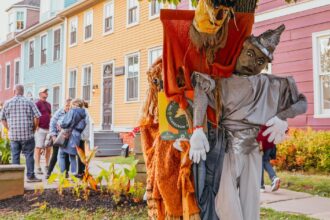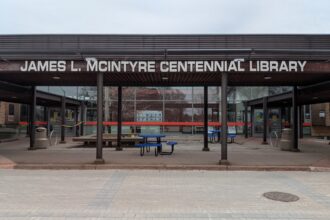In the heart of southwestern Ontario, a remarkable transformation has been taking place. London, often overshadowed by its metropolitan neighbor Toronto, has emerged as a vibrant nexus of cultural celebration that defies the notion of small-city homogeneity. This past weekend, Victoria Park became the epicenter of the city’s multicultural heartbeat, hosting a festival that brought together traditions from across the globe in a display that was as much about building community as it was about preserving heritage.
The scene was electric: Peruvian dancers in vibrant traditional garb performing alongside Ukrainian folk musicians, while the aromatic blend of Ethiopian spices mingled with the sweet scent of Polish pastries. Children darted between cultural pavilions, collecting stamps in “world passports” designed to encourage exploration of different traditions. What makes London’s approach to cultural celebration particularly noteworthy isn’t just the diversity on display, but the intentional interweaving of communities that might otherwise remain separate.
“This isn’t about creating cultural silos,” explains Maria Sanchez, one of the festival’s organizers. “We’re fostering conversations between communities that often don’t have natural points of intersection.” This philosophy represents a sophisticated evolution in how we approach multiculturalism in Canada—moving beyond mere tolerance toward active engagement with difference.
The impact of these celebrations extends far beyond a weekend of festivity. London has been experiencing significant demographic shifts, with immigration accounting for much of its recent population growth. According to Statistics Canada, the city saw a 10% increase in new Canadians between 2016 and 2021, transforming neighborhoods and expanding the cultural landscape. These festivals serve as critical integration points, places where newcomers can both share their heritage and connect with established community members.
What’s particularly striking about London’s approach is how it balances celebration of distinct cultural identities with the creation of a shared civic identity. As I wandered through the festival grounds, I observed countless moments of cross-cultural exchange: an elderly Italian-Canadian woman learning Bollywood dance moves from teenage instructors; Syrian refugees discussing agricultural techniques with multi-generation farmers from Middlesex County.
The economic dimension of these celebrations shouldn’t be overlooked either. Local businesses report significant upticks in revenue during festival weekends, with many cultural entrepreneurs using these events as launching pads for more permanent commercial ventures. The CO24 Trends section has previously documented how cultural festivals have become incubators for immigrant entrepreneurship across Canada, and London exemplifies this pattern beautifully.
Yet these celebrations aren’t without their complexities. Some community elders express concern about the potential dilution of authentic traditions in the name of accessibility. “We want to share our culture, but not at the expense of depth,” notes Wei Chen, representing the local Chinese Cultural Association. “There’s a fine line between appreciation and simplification.” This tension—between preservation and evolution—remains a productive challenge that organizers continually navigate.
The London model offers valuable lessons for other mid-sized Canadian cities grappling with changing demographics. By creating spaces where cultural heritage becomes a bridge rather than a barrier, these celebrations foster a form of integration that doesn’t demand assimilation. As explored in CO24 Culture, this approach acknowledges that Canadian identity itself is continuously evolving—enriched rather than threatened by new influences.
As the sun set on Victoria Park, with lanterns illuminating faces from across the global spectrum, the festival offered a powerful counternarrative to the divisive identity politics that often dominate our national discourse. Here was evidence that cultural heritage, when celebrated collectively, can become a source of civic strength rather than division—a point I’ve argued extensively in the CO24 Opinions section.
The question that lingers, as London continues to evolve, is whether this spirit of cultural exchange can extend beyond festivals into the everyday fabric of the city. Can the connections forged during these celebrations translate into more integrated neighborhoods, workplaces, and institutions? The answer may well determine whether London’s approach to cultural heritage becomes merely a colorful footnote or a meaningful template for Canadian cities navigating an increasingly diverse future.

